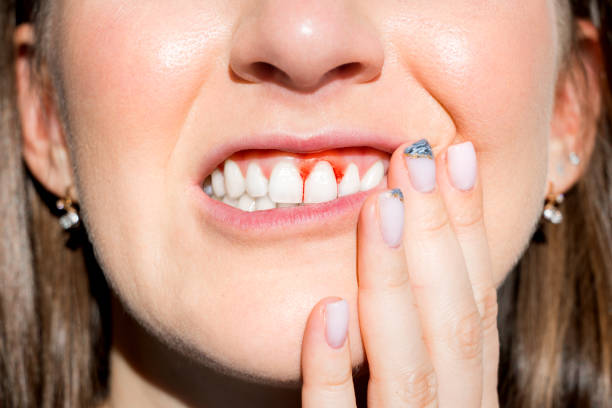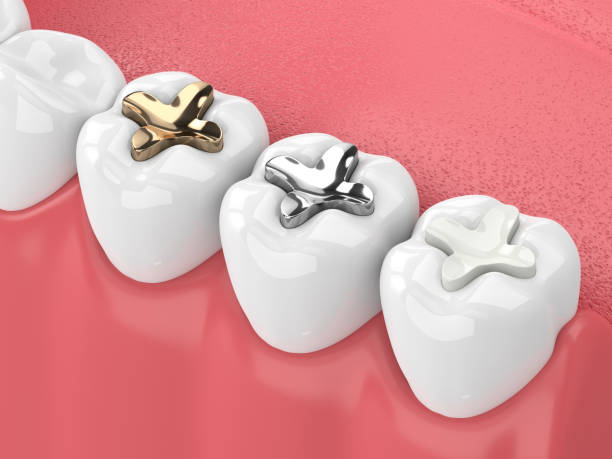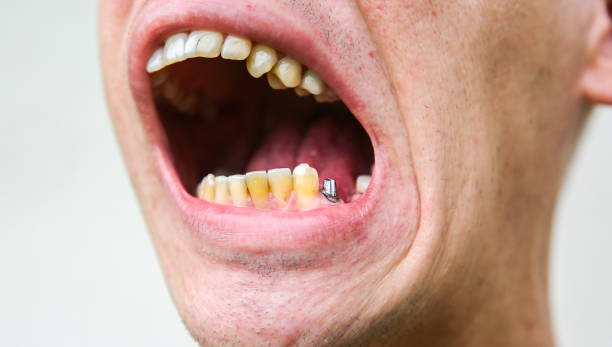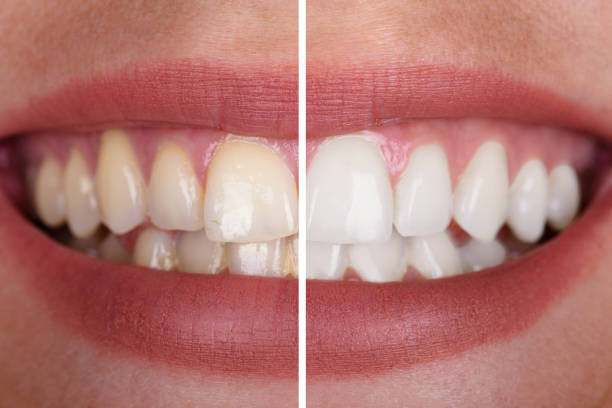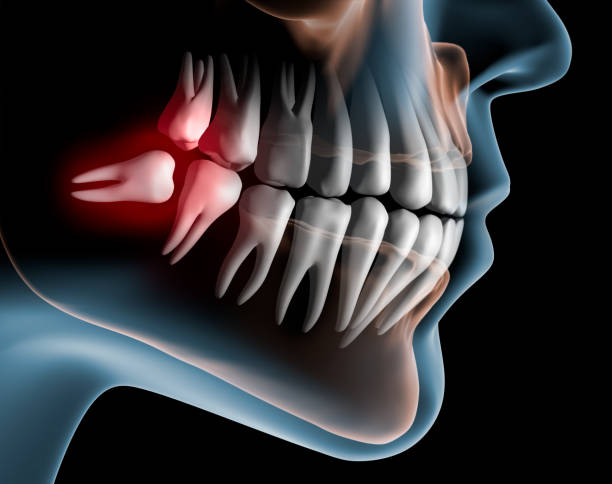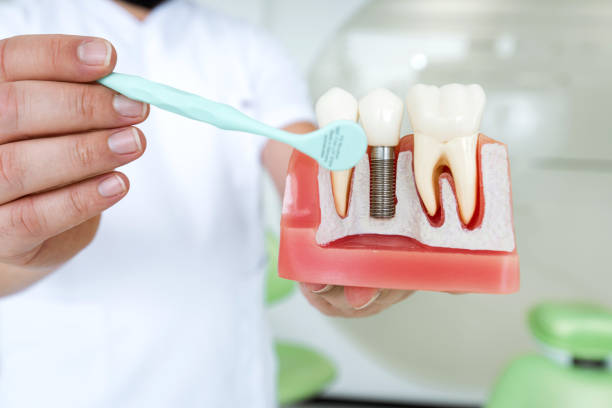Plaque on the teeth is commonplace. When germs in the mouth combine with sweet or starchy meals, a sticky film forms on the teeth. How to Get Rid of Plaque? Plaque is removed by brushing and flossing your teeth. Plaque becomes tartar if it is not removed. Cavities, gingivitis (gum disease), and tooth loss can all be caused by plaque. Plaque is removed and teeth are protected through routine dental exams.
Table of Contents
What Is Plaque?
On teeth, a sticky film of germs known as plaque is continually forming. After you eat or drink, bacteria in plaque start to create acids. These acids have the power to erode tooth enamel, resulting in cavities and gingivitis (gum disease).
Additionally, plaque can form on tooth roots and gums, weakening the bones that support teeth. Untreated plaque can become tartar, which is difficult to remove. Plaque is removed by practicing good oral hygiene, which includes brushing and flossing every day.
To some extent, everyone has dental plaque. When you run your tongue over your teeth, they should feel fuzzy because that is plaque.
How Tartar Forms As A Result of Plaque?
Plaque accumulation can have negative health effects. By consuming the sugars in the foods you eat, the bacteria in plaque produce acid, which can harm your teeth and result in cavities. Additionally, the bacteria produce toxins that can irritate your gums and cause periodontal disease (gum disease).
Tartar is a hard deposit that forms when the minerals in your saliva react with the plaque on your teeth. Calculus is another word for tartar. Tartar can develop above and below the gum line, just like plaque. Plaque bacteria can grow rapidly because tartar creates a breeding environment for them to do so.
Tartar cannot be removed by brushing or flossing, in contrast to plaque. You must see your dentist to get rid of it, who will use specialized tools to do so using a process known as “scale and polish.” Tartar from the teeth is removed or picked off during scaling, and polishing helps the teeth become smooth and shiny thereafter.
Who Might Be More Prone to Develop Plaque?
Despite the fact that everyone gets plaque, you might get more than usual if you:
- Eat or drink a lot of sweet or starchy things.
- Has dry mouth brought on by illnesses like Sjögren’s syndrome or drugs like antidepressants?
- Have had head or neck radiation in the past.
- Smoke.
Signs of Plaque
The most obvious symptom that you have plaque is when your teeth feel fuzzy. Additional signs include:
Persistent foul breath (halitosis).
Gums that bleed after brushing and are red, swollen, and tender (gum disease).
Complications of Plaque
Tartar can form if you don’t brush and floss every day because plaque can. Tartar removal is only done by dentists. Tartar and plaque can result in:
- Cavities.
- Periodontal (gum) disease and gingivitis.
- Severe gum disease (periodontitis).
- Deterioration and loss of teeth.
- Decay in the teeth (abscessed tooth).
How to Get Rid of Plaque?
It goes without saying that there might be serious repercussions if plaque is not removed from your teeth. The procedures for removing plaque that has grown out of control resemble the standard advice your dentist gives you at your twice-yearly dental exams:
- Use an electric toothbrush to brush. Plaque removal is an electric toothbrush’s key selling point. Whether you use an electric toothbrush or a traditional toothbrush to clean your teeth, the bristles will remove plaque from in between your teeth. Electric toothbrushes are more effective at this than conventional ones. The majority of electric toothbrushes also include a timer to help you brush for the shortest time necessary and lessen the amount of plaque that remains on your teeth after brushing. Set a two-minute timer on your phone if you clean your teeth by hand.
- Use mouthwash to combat plaque. A mouthwash can help lessen the amount of plaque that forms on your teeth in addition to freshening your breath. There are many different types of mouthwash available for removing plaque, from those that target germs (antibacterial) to those that target the bacteria’s surface by consuming the fats and proteins in the tooth film and gum line (enzyme).
- Flossing every day. When using dental floss, make sure to run it about four inches into your mouth and between your teeth from one end of the gum line to the other. To remove as much plaque as possible, apply pressure until you encounter resistance.
How to Prevent Plaque?
- Daily flossing: Use dental floss or a water flosser to remove food particles and grime that have been lodged between teeth. According to studies, flossing before cleaning your teeth helps to remove more plaque.
- Brush your teeth twice a day for two minutes each time, using fluoride toothpaste and a soft-bristled toothbrush (either powered or manual). Brush your teeth at least twice each day, ideally right after each meal.
- If you can’t brush right away after eating or drinking, chew sugar-free gum instead. Select a product with the ADA seal, which stands for the American Dental Association.
- Pick nutritious foods: Reduce your intake of starchy, sugary foods and beverages. Choose healthy alternatives instead, such as plain yogurt, cheese, fresh veggies, and fruit.
Conclusion
The plaque will build up less on your teeth the better you care for them. To stop plaque buildup, clean your teeth at least twice a day and floss once. Additionally, remember to visit your dentist frequently for cleanings and preventative maintenance. In the long run, maintaining good oral hygiene will keep you healthy.



